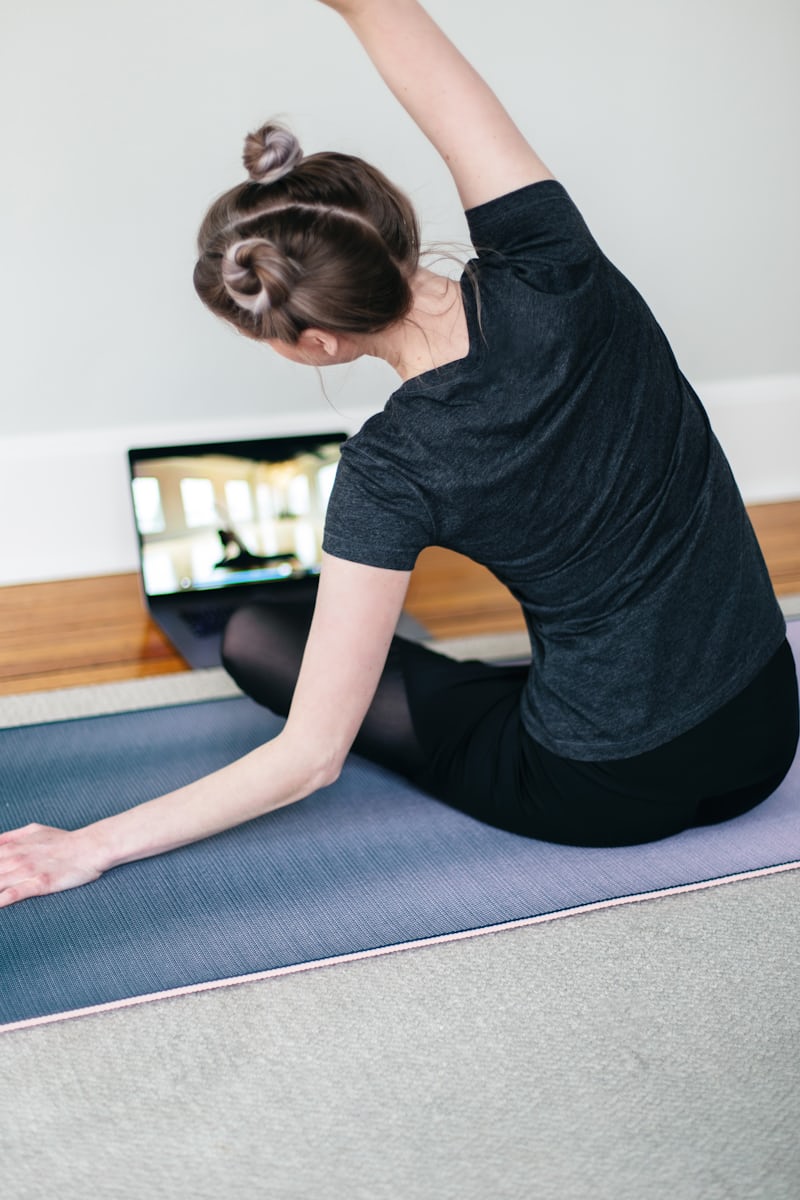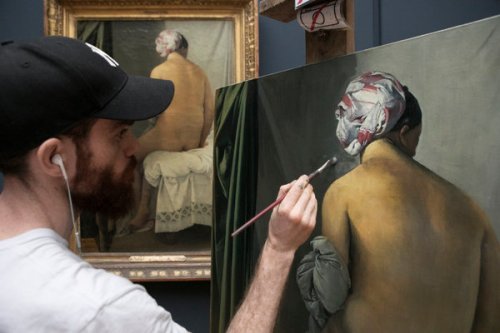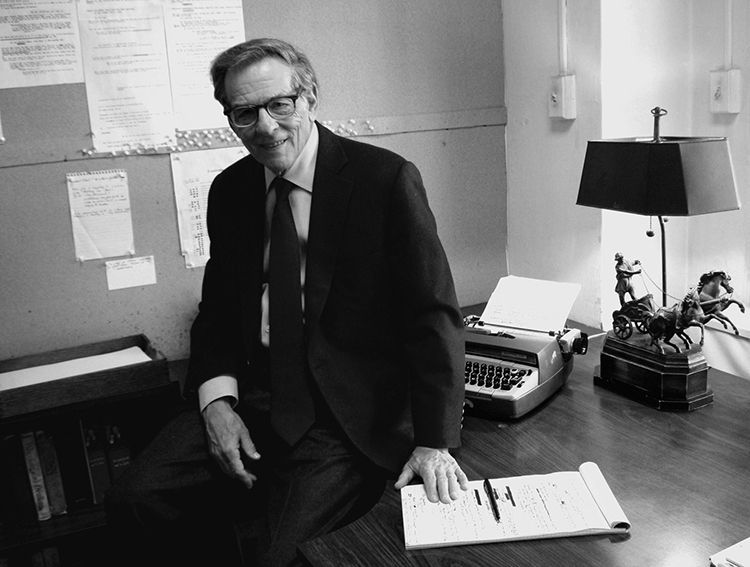
What can we learn from the obituaries of the not quite famous? I thought of that when I was reading the sad fate of Hash Halper, here: Hash Halper, Street Artist Who Adorned New York With Hearts, Dies at 41 – The New York Times.
Obituaries in big newspapers tend to be for the rich and famous and powerful and great. Mainly. But sometimes you read about someone who was none of those things, who was struggling, yet who affected people in a positive way. Someone like Hash Halper.
What we learn, perhaps, is that it doesn’t matter if you were rich and powerful. Bernie Madoff was rich and powerful. It didn’t make his life better or more worthwhile. Hash Halper did more good with his chalk hearts than Madoff did with all he had. In the end, it all washes away, save for the things you did to affect the lives of others.
We can learn many things from the obituaries of the not quite famous. Maybe we can learn/be reminded of what it is we want to do in the world, while we are here. That’s a very fine thing to learn indeed.
Rest in peace, Hash Halper.
(Image Kholood Eid for The New York Times, link)












